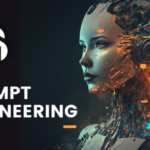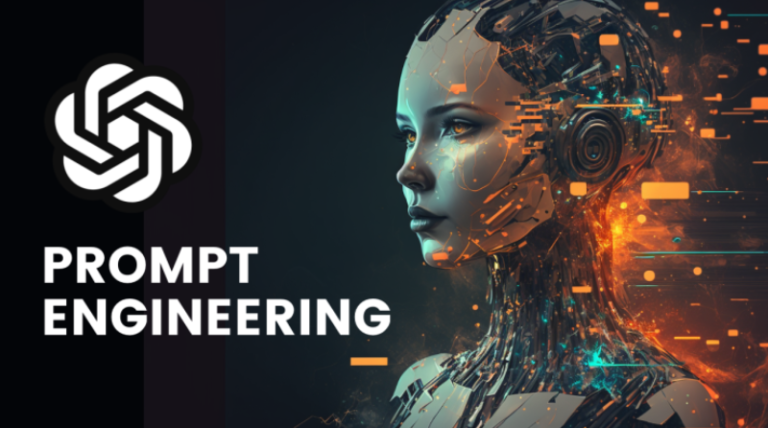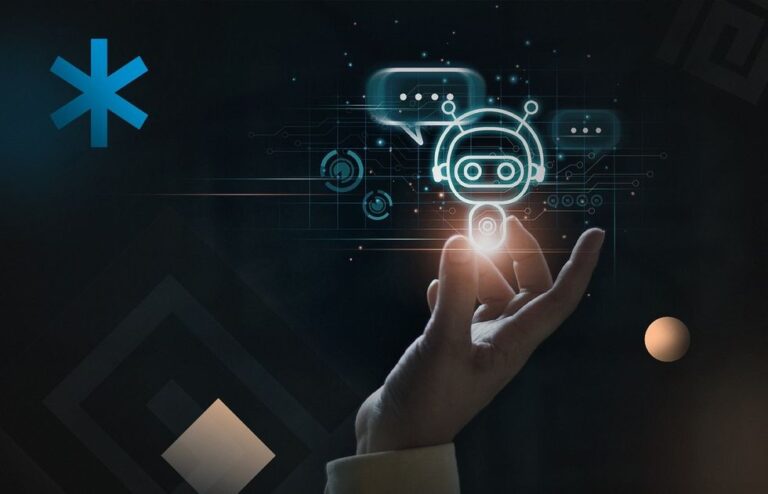
The recent failure of California’s reparations bill underscores the immense difficulty of addressing historical injustices. Traditional legislative efforts often struggle to find solutions that are both comprehensive and fair. However, Artificial Intelligence (AI) offers a promising new avenue for developing reparations that are both individualized and equitable.
For the past 17 weeks, I have published a blog authored by Rene Childress in a series titled “The Worse Stories Ever Told” (www.umojagroup.org/blog). The series of blogs focuses on atrocities committed against Black people and their communities since slavery. So, after ingesting each blog into ChatGPT, I tested the notion of what AI’s response to these atrocities would be and to my surprise in most cases it presented a solution, in a timely manner, that made since.
So I realized that AI can play a critical role in identifying the descendants of those who suffered racial atrocities. By analyzing historical records, census data, and even genetic information, AI can help pinpoint the families who have borne the brunt of past discrimination. This more precise targeting ensures that reparations reach those who have been directly harmed, closing the gap left by broader legislative approaches.
Beyond simply identifying beneficiaries, AI can also assess the specific harm experienced by individuals and families. By analyzing historical data alongside personal information, AI algorithms can build a picture of lost opportunities, stolen wealth, and disrupted lives. This nuanced understanding allows for reparations to be tailored to the specific needs of each recipient.
Imagine, for example, an AI system calculating the lost wages a Black family might have earned if their ancestors hadn’t been denied jobs due to racial discrimination. This information could then be used to determine the appropriate level of financial compensation. Similarly, AI could assess the educational gaps created by segregated school systems, paving the way for scholarships or mentorship programs for affected descendants.
The potential benefits of AI-powered reparations extend beyond financial compensation. Housing assistance, healthcare access, and investments in historically marginalized communities could all be part of a personalized reparations plan generated by AI. This broader approach recognizes the ongoing effects of historical injustices and aims to address not just the past, but the present and future as well.
Of course, utilizing AI for reparations is not without its challenges. Biases in the algorithms themselves could perpetuate existing inequalities, and data privacy concerns must be carefully addressed. Public acceptance will also require transparent communication about how AI is used and what safeguards are in place. Additionally, integrating AI solutions with existing government and social service systems requires careful planning and coordination.
Despite these challenges, the potential benefits of AI-powered reparations are significant. By harnessing the power of AI, we can develop a more equitable and effective approach to addressing historical injustices. This, in turn, can pave the way for healing and reconciliation, allowing us to move forward as a nation that acknowledges its past and strives for a more just future.











